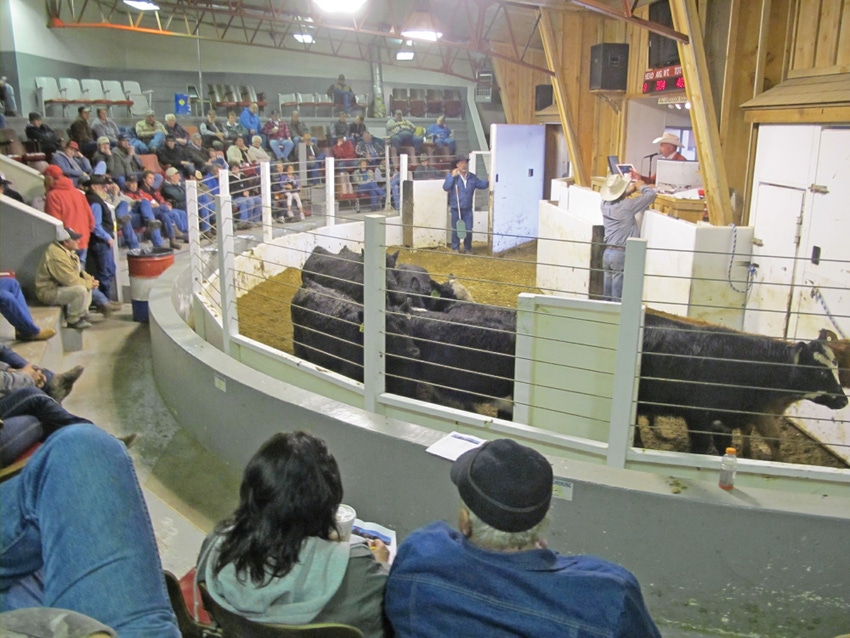There’s a light at the end of the cattle market tunnel, and it’s not another train.

“I’ve been at this for 40 years and I’ve never seen all of the things that we’ve gone through this year from a market standpoint.”
So said Randy Blach, CattleFax CEO, during the recent Cattle Industry Summer Meeting in Denver. No doubt, everyone with enough time in the cattle business to have the scars to show for it can say the same.
Blach spent a fair bit of time working through the dynamics of the past nearly 12 months as the market dealt with, and continues to deal with back to back head slaps from the Tyson fire and COVID-19. Rather than rehash that here, let’s take a look at what’s ahead.
READ: Beef producers hammer out compromise on policy addressing price discovery
With a nod to the reality we now all understand—that the unimaginable can indeed happen—consider some megatrends. First, there are plenty of cattle on feed, a portion of which are long-fed, and plenty of cattle outside feedlots waiting for a ride to town. USDA estimated that there are around 300,000 feeder cattle and calves outside feedlots. Blach says it’s possible that number is twice or even three times that figure.
“The bottom line is, we didn’t place all these cattle through the spring. There were a million fewer cattle placed from late January through June than there were last year.”
That’s a reflection of the million or so fed cattle that weren’t harvested in March and April. Beef producers will deal with that hangover for a while yet.
“We were anticipating coming into the year that we could harvest 250,000 more fed cattle for the year,��” Blach said. Coming into March, the industry was right on track. “As a result of COVID, we’re going to be down 850,000 instead of being up 250,000. The result is our biggest cyclical supply of harvest numbers is going to occur next year.”
Related: Fed Cattle Recap | Cash prices continue upward momentum
That’s because of all those feeders still waiting to be placed. But because of that, there will be a hole in market-ready cattle for the next few months, giving the market a chance to clean up the long-fed cattle still at the feedbunk.
Carcass weights are high, running plus or minus 5 pounds either side of 895 pounds. That will continue to hang over the market but will get better as the market works through the backlog and gets more current.
That may happen sooner than some predict, including me. “We will chew through that front-end supply between now and October for the most part if we continue to harvest 520,000 to 525,000 head of fed cattle on a weekly basis,” he said.
That’s possible, given the incentives the market is providing retailers to buy beef out front and feature it prominently in weekly specials. With wholesale prices now at historic lows and beef quality meeting consumer expectations, retailers have incentive to buy beef and packers have incentive to harvest fed cattle.
Related: Beef industry Long Range Plan: It's in-depth and aggressive
That means, Blach said, we’ll see improving fed cattle prices. “I think we’ll grind higher as these carry-over numbers are brought back into control. Over the next 60 to 90 days, you’re going to see improvement in our fed cattle market.”
Blach thinks that higher grind will continue into 2021. “It will average another $5 higher and we’ll see that play out into other classes of cattle.”
In fact, Blach is optimistic that we’ve made the lows in calf prices for the year. “They are not going to run away, but if we can keep calf prices above $160, that would be a positive situation.” What’s more, he thinks we’ve seen the lows in cattle prices not just for the year, but for the cycle. That, of course, assumes we don’t have any major COVID-19 setbacks.
Then there’s the cow herd. “The nation’s cow herd is shrinking. It was down 375,000 head last year. It is going to be down at least another 300,000 head this year. It may be down 400,000 this year depending on how this drought situation plays out,” he said.
That will lead to smaller feeder cattle and calf supplies, smaller beef production levels and tighter harvest levels for 2022, 2023 and 2024. “That die is pretty well cast.”
Given that markets will work if we just let ‘em, that indicates a brighter light at the end of the cattle market tunnel.
About the Author(s)
You May Also Like



